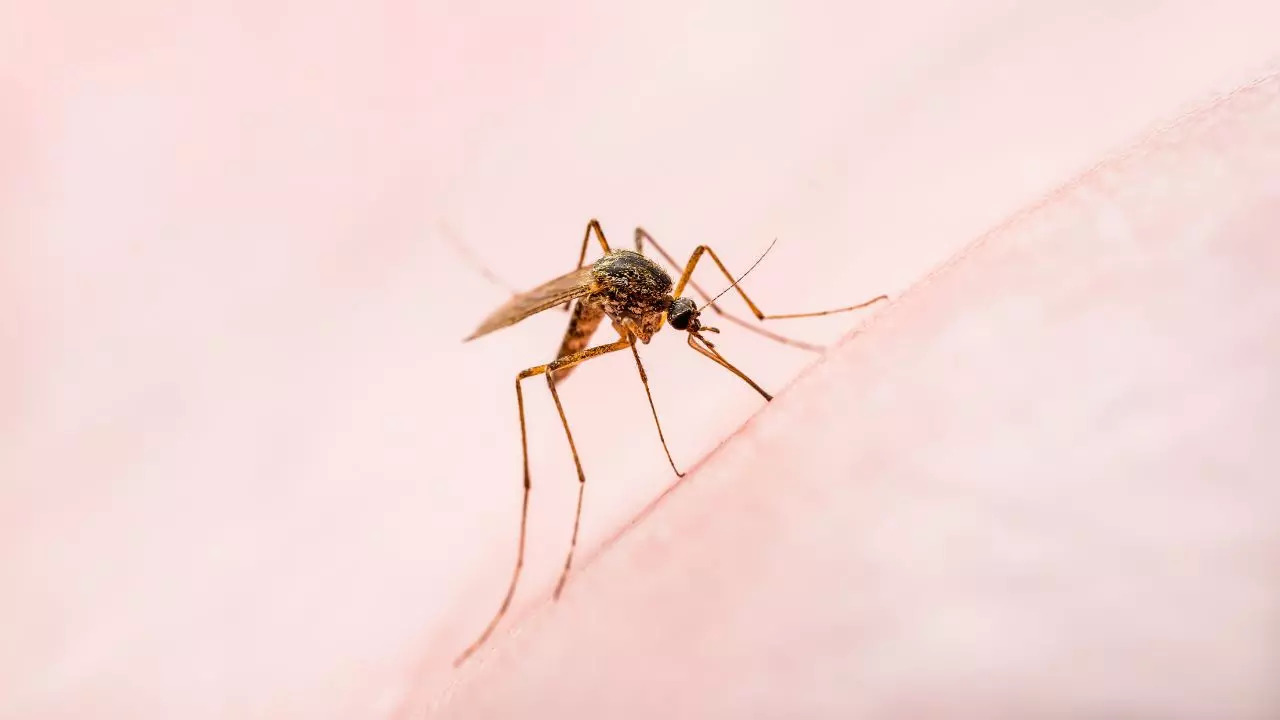Assam has witnessed a significant rise in the number of Japanese encephalitis cases patients this year. The Guwahati Medical College Hospital (GMCH) has had 90 patients admitted with the deadly flavivirus since April 1. Of these, 22 patients have succumbed to the virus. Read on to know more about Japanese encephalitis, its symptoms and preventive measures.

Japanese encephalitis cases on the rise in Assam
There has been a surge in Japanese encephalitis Assam has seen the highest rise in (JE) cases in the last few months. The Guwahati Medical College Hospital (GMCH) has admitted 90 patients suffering from the deadly flavivirus since April 1. Of these, 22 patients died due to the virus. This year, the state has seen a significant increase in the number of JE patients. According to GMCH superintendent Dr Abhijit Sarma, a total of 54 people were admitted to the hospital in 2023.
“Currently, there are 40 patients undergoing treatment at the GMCH; four of them are critically ill, while the others are stable. Sadly, 22 patients died – many of them were brought to us when their condition had worsened.”
He said many patients were rushed to GMCH for tertiary care after being first admitted to private hospitals. And, by the time they arrived, their condition had already deteriorated severely. The Glasgow Coma Scale (GCS) scores of these patients were shockingly low; some of them had scores as low as 3/15. This indicates a severe loss of consciousness. This had a role to play in the rise in mortality this year, the doctor said.
Dr Sarma stressed the difficulties in treating Japanese encephalitis, saying no medicine can cure the infection. “Japanese encephalitis is always treated symptomatically. Patients who have fever are given fever-reducing medicine. If they are having convulsions, they are treated. Besides, injections like mannitol are used to relieve the symptoms. So far, 23 people have recovered,” he said.
What is Japanese encephalitis?
Japanese encephalitis is a mosquito-borne flavivirus and belongs to the same species as dengue, yellow fever, and West Nile viruses. The Japanese encephalitis virus is transmitted to humans by the bite of infected Culex species mosquitoes, especially Culex tritaeniorhynchus.
The Centers for Disease Control and Prevention says most people infected with Japanese encephalitis don’t develop symptoms or only mild symptoms. “However, a small percentage of infected people develop inflammation of the brain (encephalitis), with symptoms including headache, fever, disorientation, seizures, weakness, and coma. About 1 in 4 (20-30%) of patients with encephalitis die.”
Symptoms of Japanese encephalitis
People infected with Japanese encephalitis usually do not have any symptoms. However, some people do develop symptoms. Here’s a look at some of the common signs and symptoms of Japanese encephalitis.
- Headache
- high temperature
- feeling sick or being sick
- stomach pain
These symptoms usually resolve on their own, however, in some people the infection spreads to the brain and causes more severe symptoms. Take a look at these symptoms.
- severe headache
- feeling confused
- Inability to feel or move part of your body (paralysis)
- Seizures (fits).
Treatment and preventive measures for Japanese encephalitis
The World Health Organization (WHO) states that there is no antiviral treatment for patients with JE. Treatment is supportive to reduce symptoms and stabilise the patient.
Safe and effective JE vaccines are available to prevent the disease. JE prevention and control activities also include JE vaccination. According to WHO, there is little evidence to support reduction in JE disease burden from interventions other than vaccination of humans. Therefore, vaccination of humans should be prioritised over vaccination of pigs and mosquito control measures.


